Collecting memories: Shinro Ohtake debuts his first UK solo multimedia show at Parasol Unit
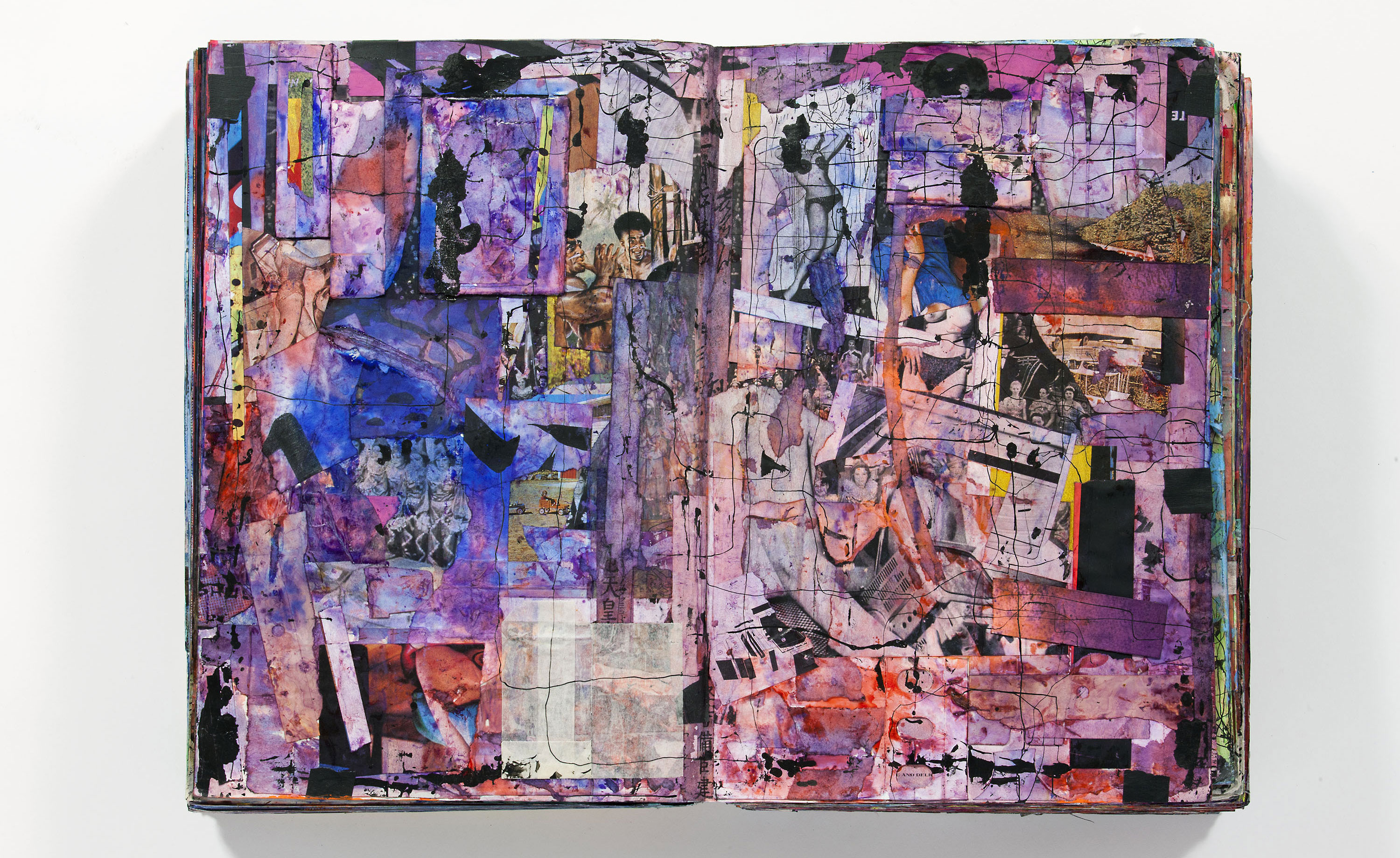
The first UK solo show of the Japanese multimedia artist Shinro Ohtake opened this weekend at London’s Parasol Unit Foundation for Contemporary Art. It’s been a long time coming.
Ohtake made a trip here in 1977 at the age of 22, already a precocious talent and a Pop Art aficionado, as much as that was possible in mid-1970s Japan. Andy Warhol’s first show in Japan, Ohtake tells me, was in 1974 in a Tokyo department store, then the chief showcase for contemporary art in the country. And if the UK trip was partly accidental – Ohtake admits that while most of his peers, Hiroshi Sugimoto among them, were heading to the fun and sun of America's West Coast, his travel agent suggested the grey drear of 1970s Britain would be a cheaper option – it was a happy accident.
On the trip, Ohtake made a pilgrimage to Bradford to visit the parents of David Hockney, who were so charmed they put up the artist for the night. (Hockney wasn’t there at the time, but he wrote the preface to Ohtake’s first Tokyo solo show in 1982.) Ohtake also soaked up the energy of the punk and new wave scenes, listening to Elvis Costello, he says, on a cheap radio.
More importantly he began his first scrapbook, filling it with his own sketches and photographs but also bus tickets and torn scraps of packaging, archaeology of another consumer culture. And while he has worked in a variety of media since – including video, art books, large-scale sculpture and experimental music with his band Juke/19 – these scrapbooks have become the creative focal point of his art, a true north while he charges off into new territories and media.
Ohtake had been making collages since he was a kid, and in the scrapbooks and his larger works he approaches the art of the collage with a ferocious energy, always using found objects, photographs and bits of old paper. (He still uses scraps of used envelopes in his large collages; he likes that they have already travelled, already have memories.)
The scrapbooks, sometimes stretching to 700 glue-encrusted pages, are shown as sculptural objects as much as artifacts (an extensive collection was shown at last year’s Venice Biennale). Ohtake’s art is about what memories are made of: how we assemble ragged-edged recollections and visual queues, gather evidence to prove we were somewhere and were moved or at least enthused.
In 2010, he completed a kind of functioning architectural scrapbook, the Naoshima bathhouse. Built out of patterned Indonesian tiles with a tree house on the roof, it is decorated with shunga erotic prints, stills from 1960s porn movies, vintage Thai record sleeves and a life-sized sculpture of an elephant. He says he would also like to open a bar, the ideal repository of memories, given how many we leave behind in such places.
Like Hockney, Ohtake has taken to sketching on an iPad but his art is determinedly analogue, built on sense memories. An avid record collector, he could, he says, distinguish between American and British vinyl by the smell. Indeed this is what he most laments about the digital disintegration of pop-cultural artifacts: their deoderisation.
The Ohtake show includes recent and new works as well as film pieces and is part of the Parasol Unit’s 10th-anniversary programme.
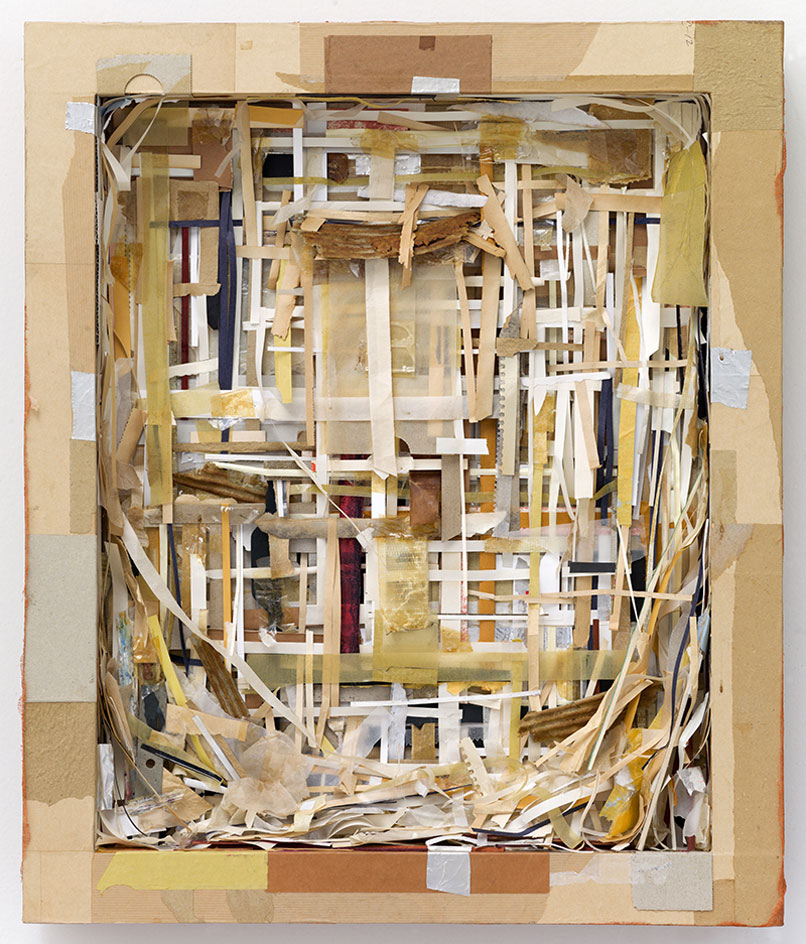
Layers of Time Memory 2', 2013, is made from more than a dozen media, including rusty iron, aluminium foil, rice paper and cheesecloth.
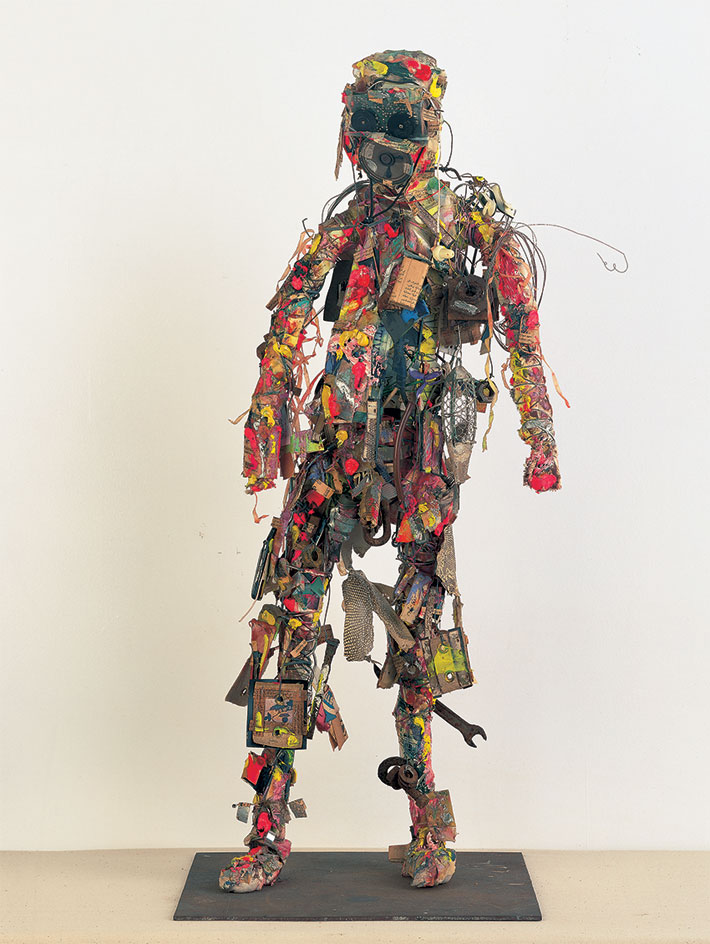
Radio Head Surfer', 1994-1995, uses old photographs, a transistor radio, dry batteries and earphone nibs.
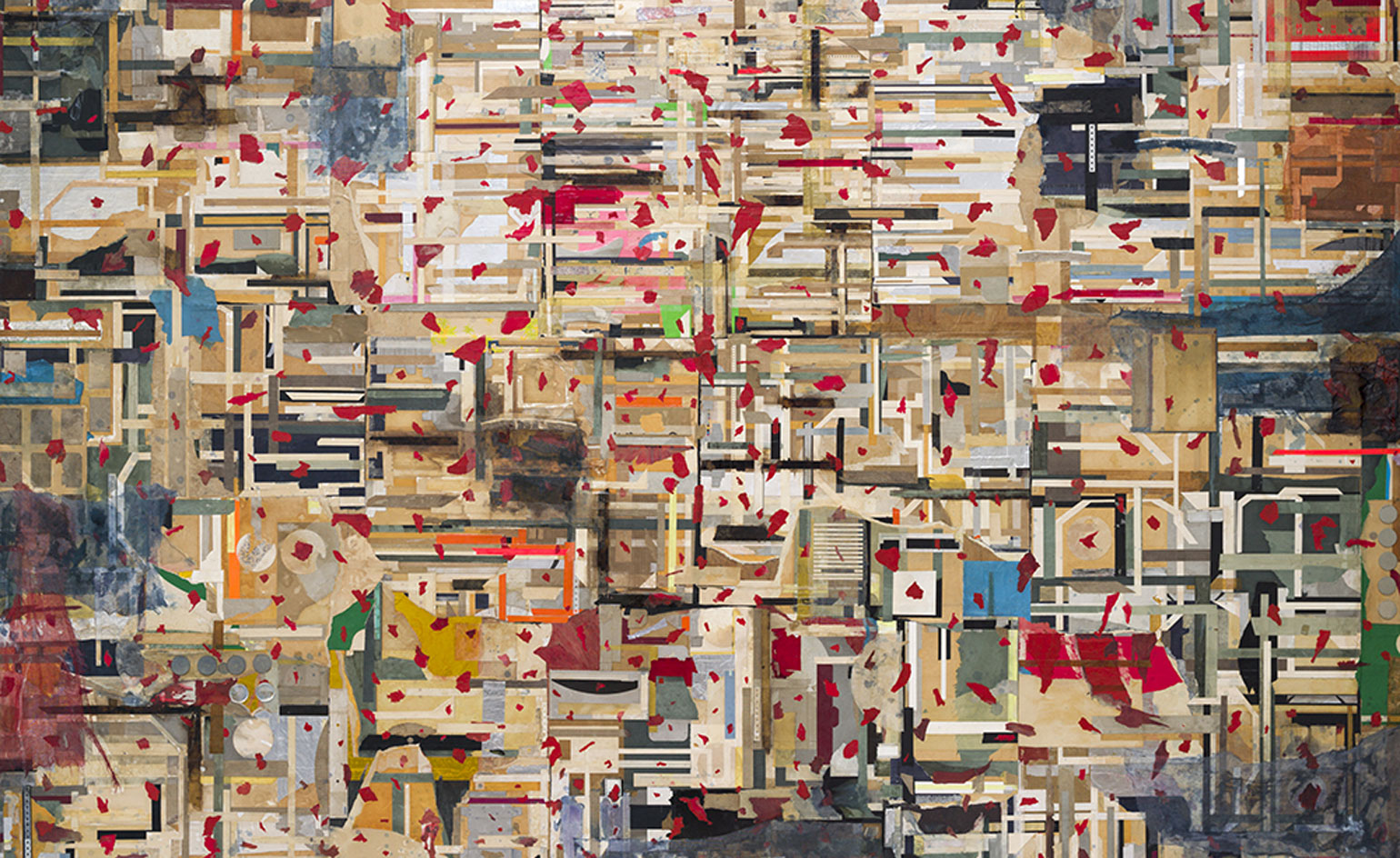
Time Memory 28', 2014.
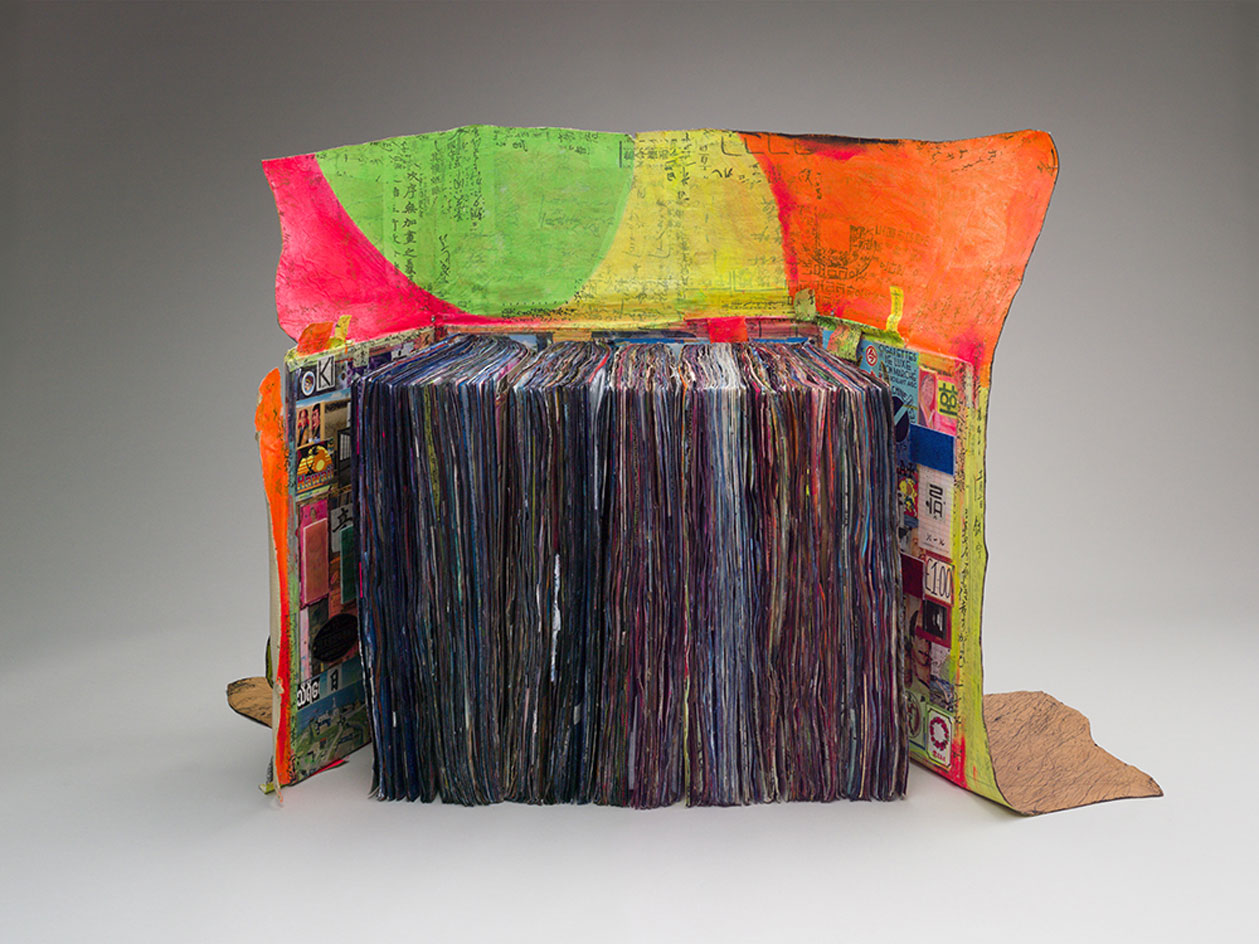
Scrapbook #66', 2010-2012. Ohtake's scrapbooks have become the creative focal point of his art, a true north while he charges off into new territories and media.
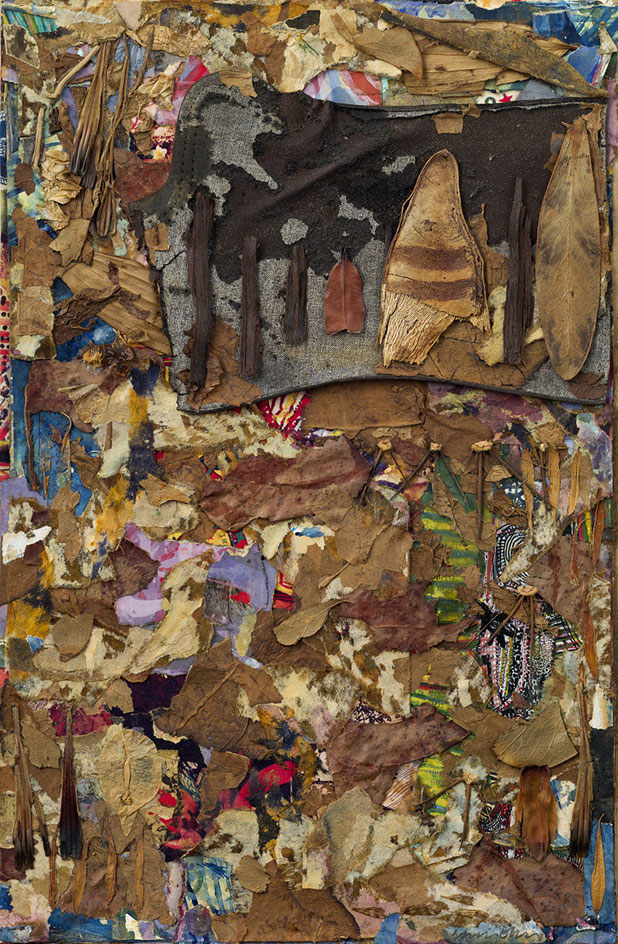
Queer', 1985, is made from found objects.
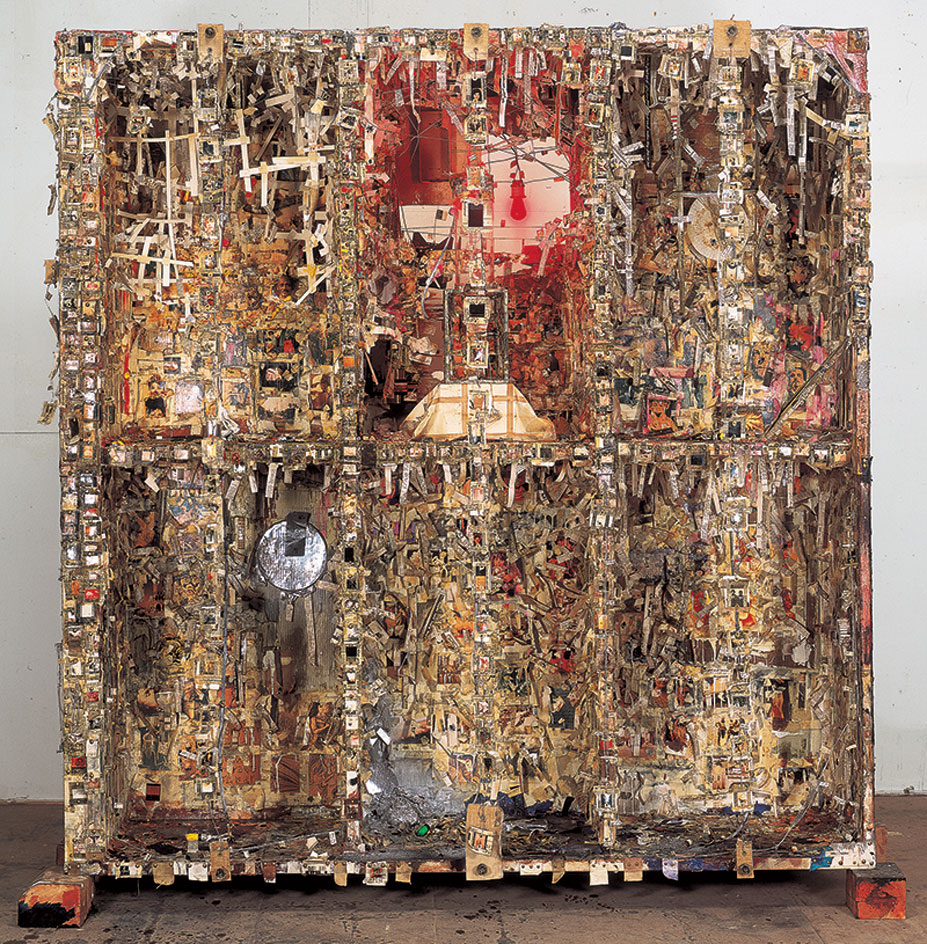
Retina (New Tong of Tangier 1)', 1992-1993, uses 37 media.
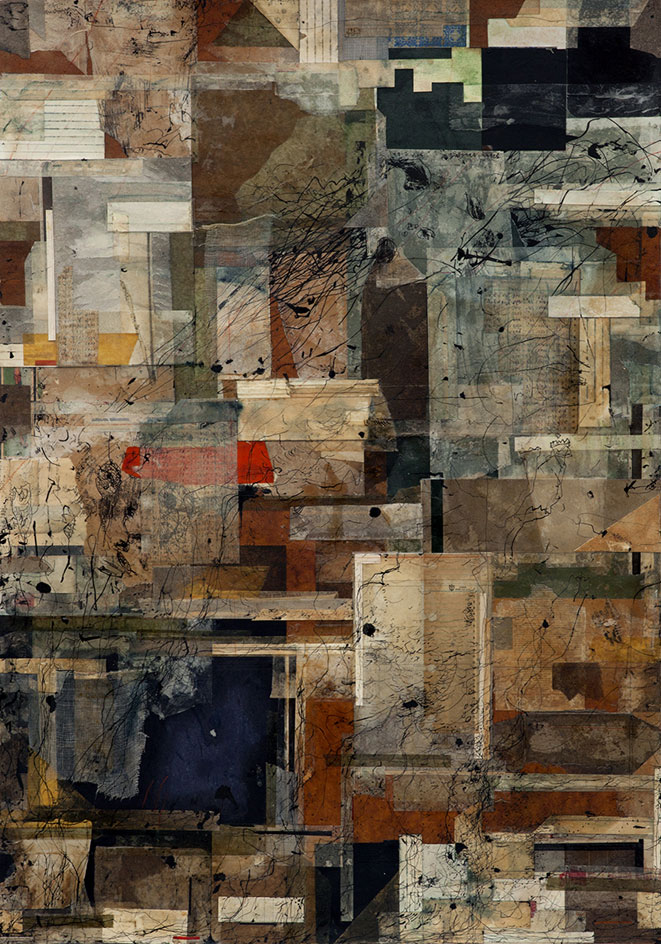
Time Memory 9', 2011. Photograph from the artist's private collection
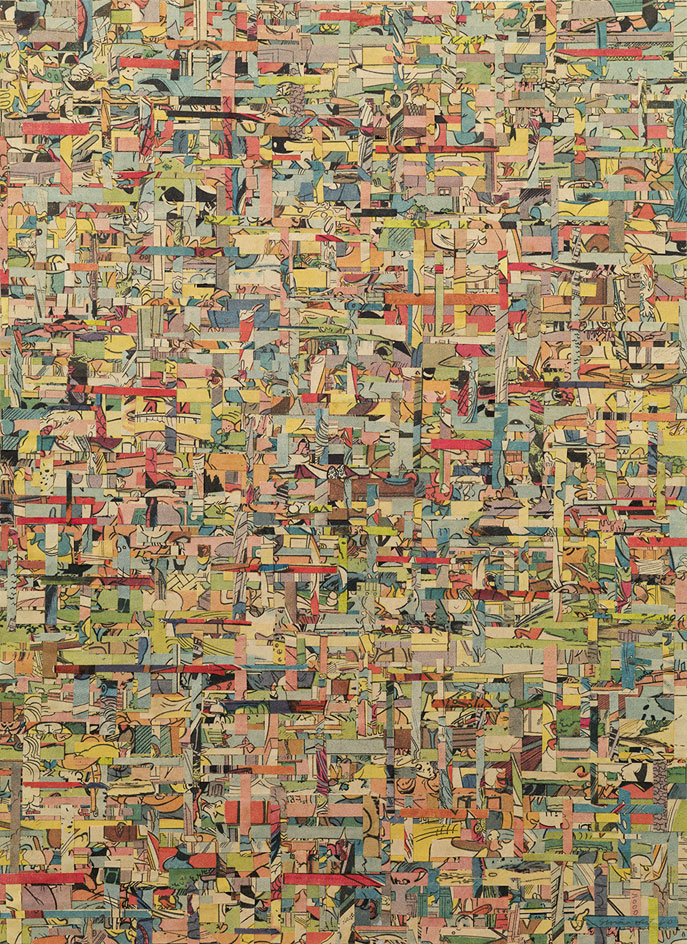
Japanese Comics', 2000.
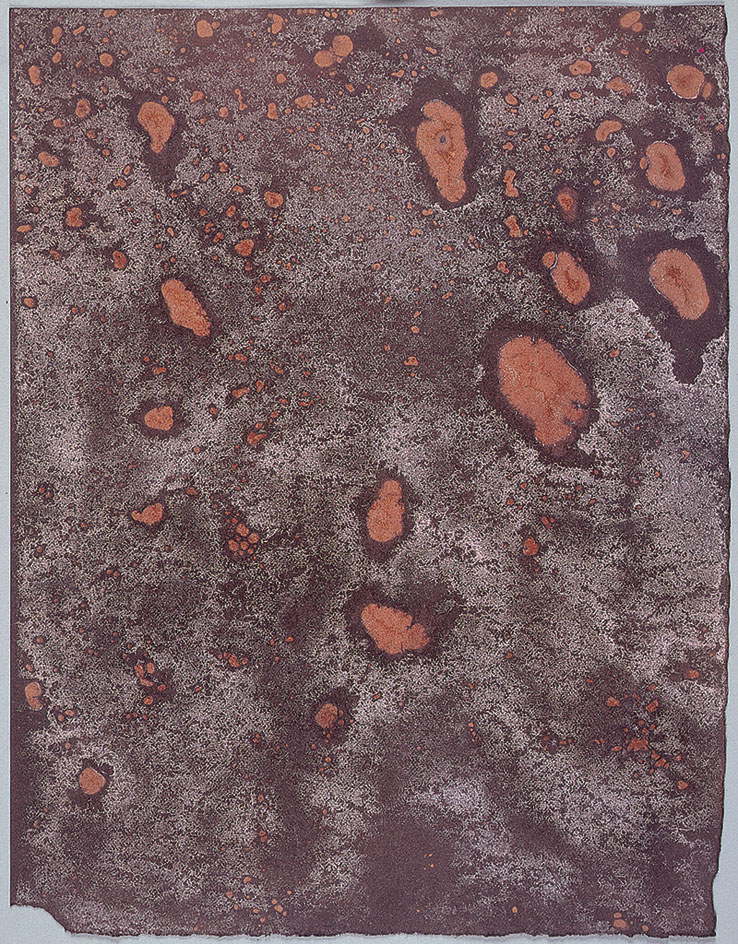
Frost #5', 1989.
ADDRESS
Parasol Unit Foundation for Contemporary Art
14 Wharf Road
London
Wallpaper* Newsletter
Receive our daily digest of inspiration, escapism and design stories from around the world direct to your inbox.
-
 A Xingfa cement factory’s reimagining breathes new life into an abandoned industrial site
A Xingfa cement factory’s reimagining breathes new life into an abandoned industrial siteWe tour the Xingfa cement factory in China, where a redesign by landscape specialist SWA Group completely transforms an old industrial site into a lush park
By Daven Wu
-
 Put these emerging artists on your radar
Put these emerging artists on your radarThis crop of six new talents is poised to shake up the art world. Get to know them now
By Tianna Williams
-
 Dining at Pyrá feels like a Mediterranean kiss on both cheeks
Dining at Pyrá feels like a Mediterranean kiss on both cheeksDesigned by House of Dré, this Lonsdale Road addition dishes up an enticing fusion of Greek and Spanish cooking
By Sofia de la Cruz
-
 The art of the textile label: how British mill-made cloth sold itself to Indian buyers
The art of the textile label: how British mill-made cloth sold itself to Indian buyersAn exhibition of Indo-British textile labels at the Museum of Art & Photography (MAP) in Bengaluru is a journey through colonial desire and the design of mass persuasion
By Aastha D
-
 From counter-culture to Northern Soul, these photos chart an intimate history of working-class Britain
From counter-culture to Northern Soul, these photos chart an intimate history of working-class Britain‘After the End of History: British Working Class Photography 1989 – 2024’ is at Edinburgh gallery Stills
By Tianna Williams
-
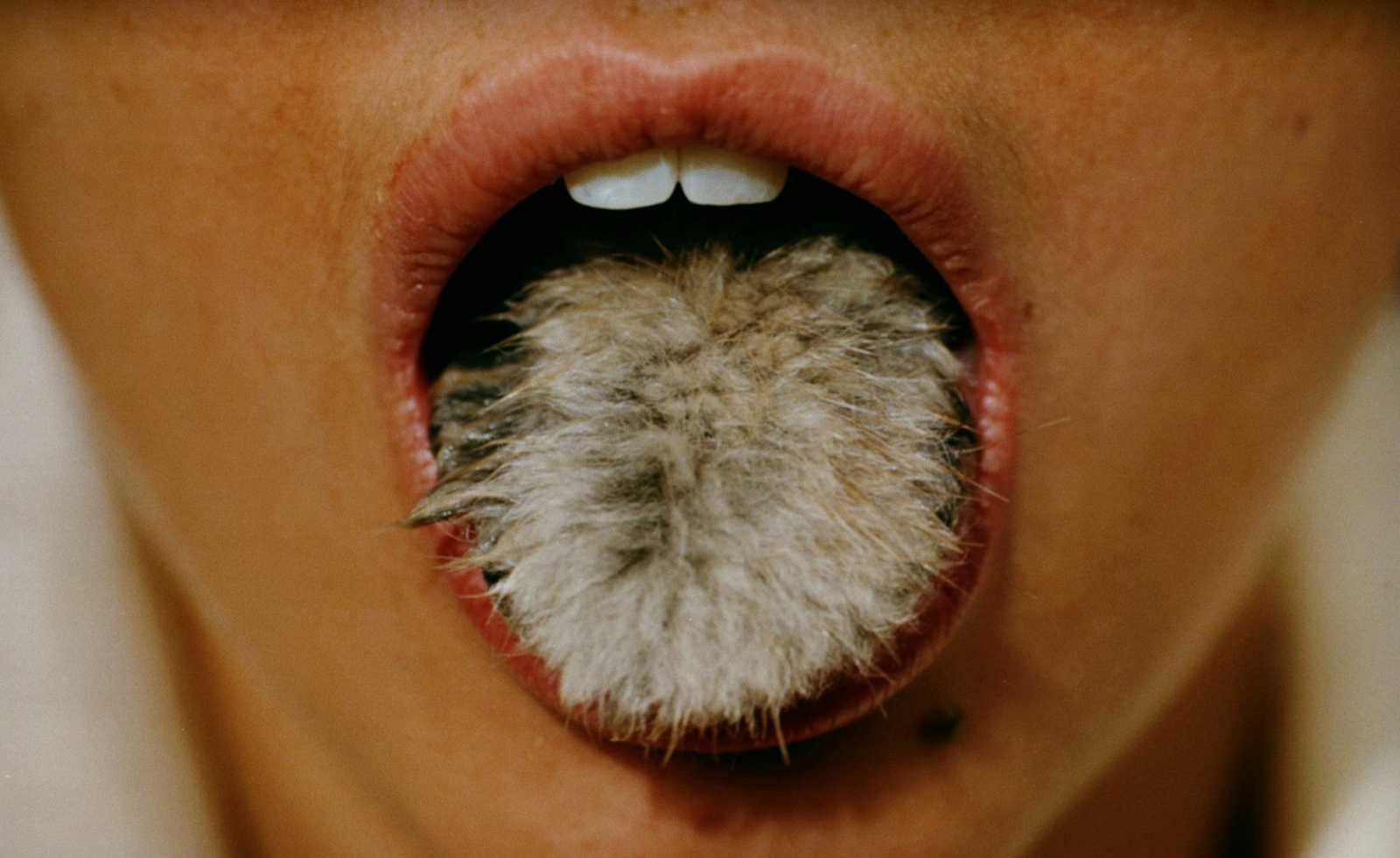 Surrealism as feminist resistance: artists against fascism in Leeds
Surrealism as feminist resistance: artists against fascism in Leeds‘The Traumatic Surreal’ at the Henry Moore Institute, unpacks the generational trauma left by Nazism for postwar women
By Katie Tobin
-
 From activism and capitalism to club culture and subculture, a new exhibition offers a snapshot of 1980s Britain
From activism and capitalism to club culture and subculture, a new exhibition offers a snapshot of 1980s BritainThe turbulence of a colourful decade, as seen through the lens of a diverse community of photographers, collectives and publications, is on show at Tate Britain until May 2025
By Anne Soward
-
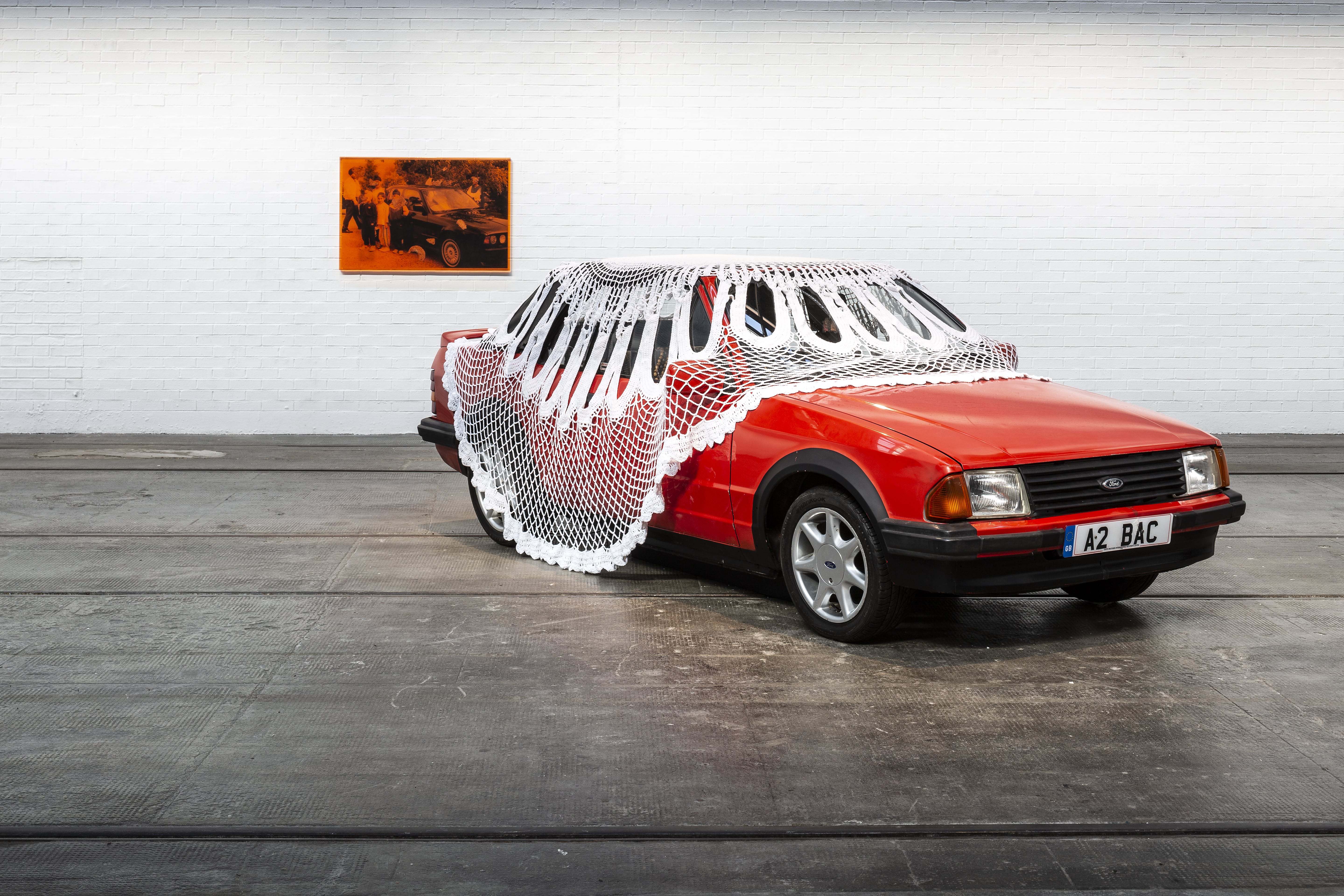 Jasleen Kaur wins the Turner Prize 2024
Jasleen Kaur wins the Turner Prize 2024Jasleen Kaur has won the Turner Prize 2024, recognised for her work which reflects upon everyday objects
By Hannah Silver
-
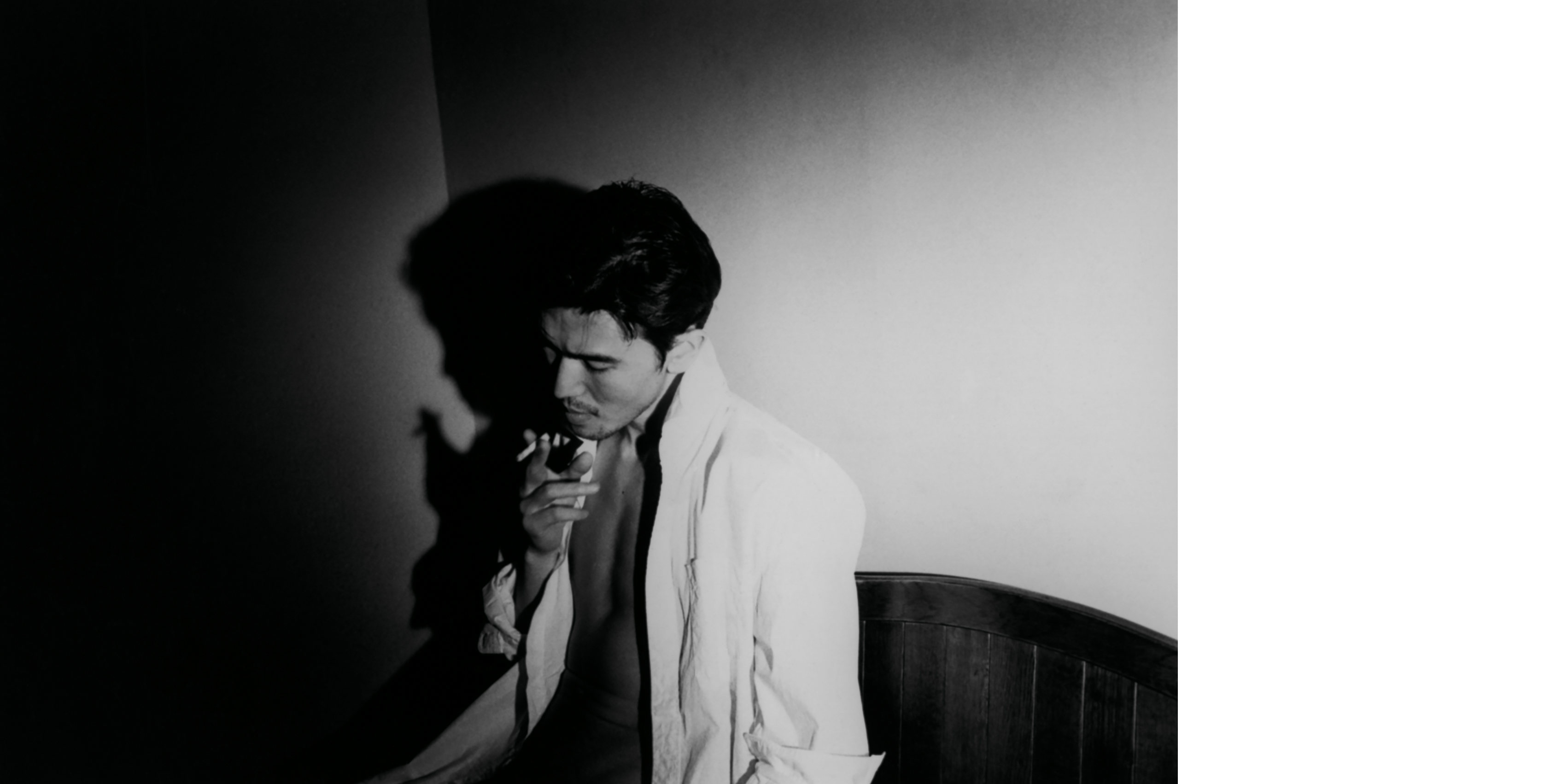 'I’m So Happy You Are Here': discover the work of Japanese women photographers
'I’m So Happy You Are Here': discover the work of Japanese women photographersSubtitled ‘Japanese Women Photographers from the 1950s to Now’, this new monograph from Aperture is a fascinating insight into a critically overlooked body of work
By Jonathan Bell
-
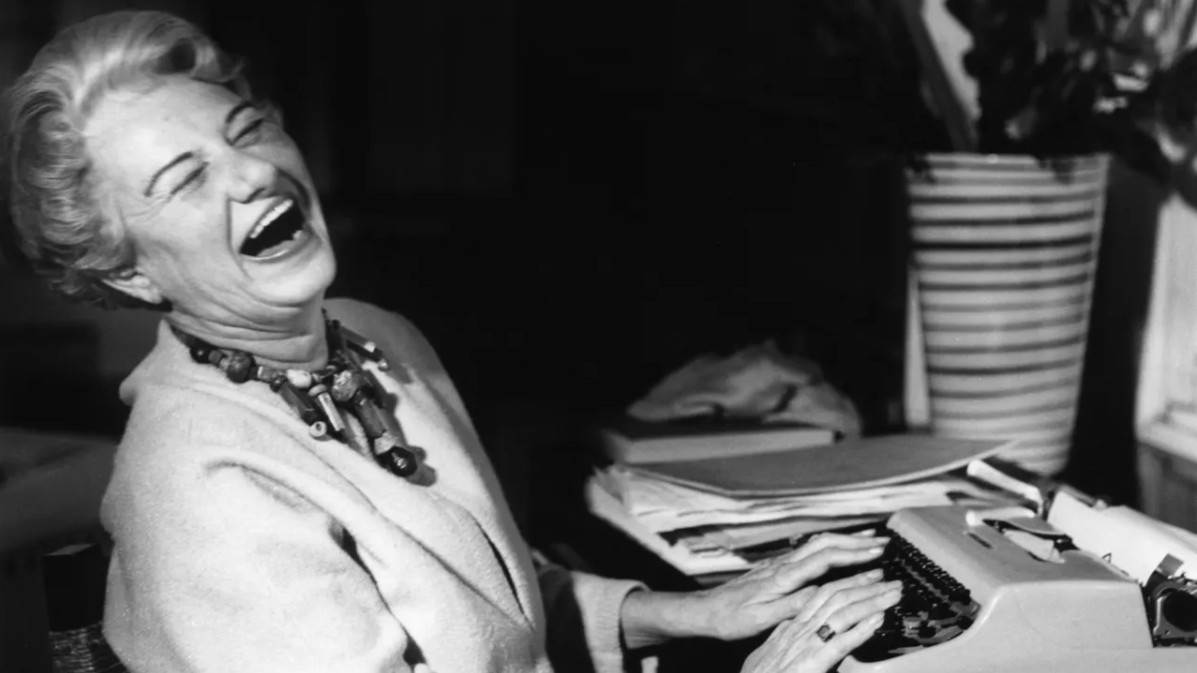 Peggy Guggenheim: ‘My motto was “Buy a picture a day” and I lived up to it’
Peggy Guggenheim: ‘My motto was “Buy a picture a day” and I lived up to it’Five years spent at her Sussex country retreat inspired Peggy Guggenheim to reframe her future, kickstarting one of the most thrilling modern-art collections in history
By Caragh McKay
-
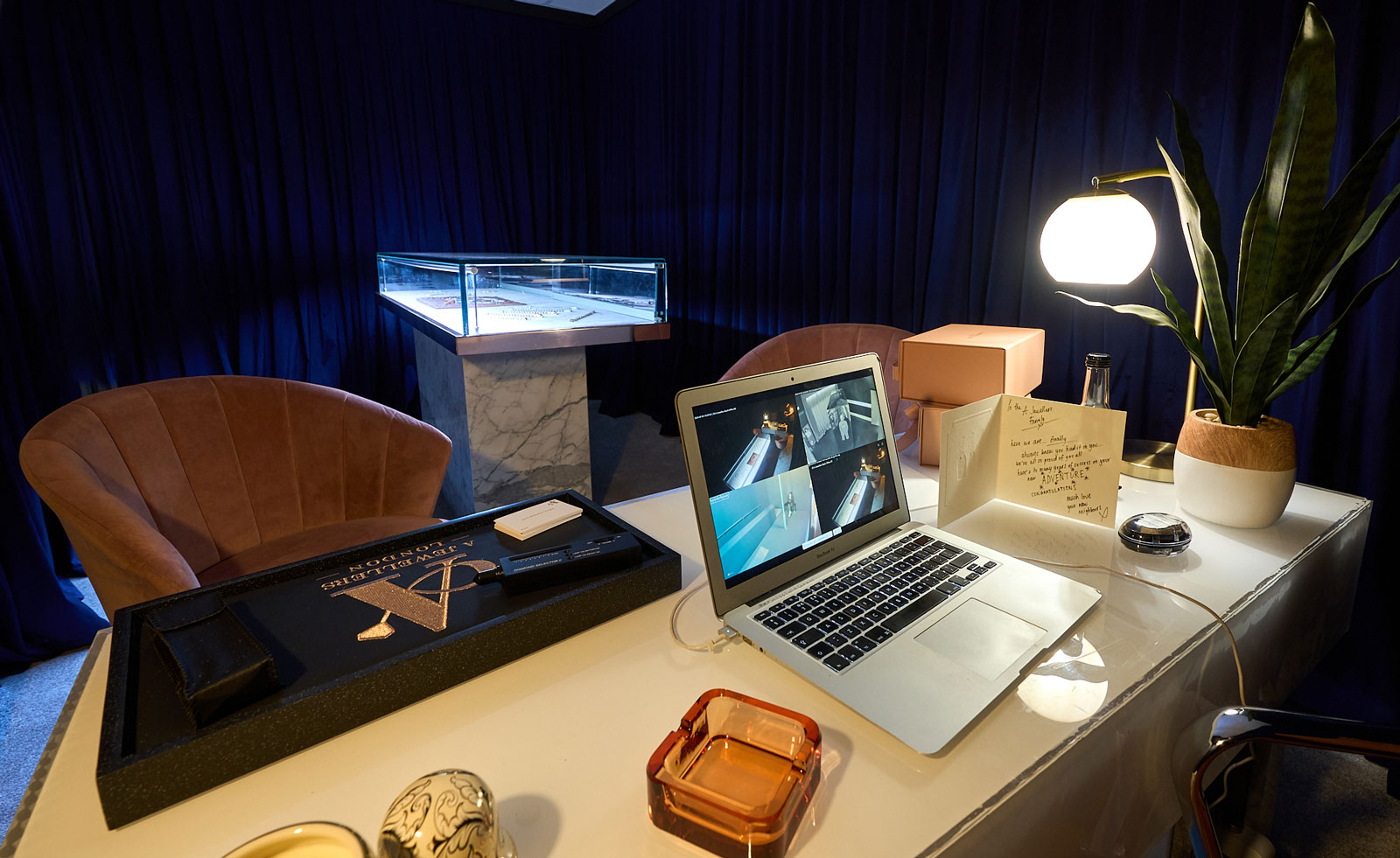 Please do touch the art: enter R.I.P. Germain’s underground world in Liverpool
Please do touch the art: enter R.I.P. Germain’s underground world in LiverpoolR.I.P. Germain’s ‘After GOD, Dudus Comes Next!’ is an immersive installation at FACT Liverpool
By Will Jennings